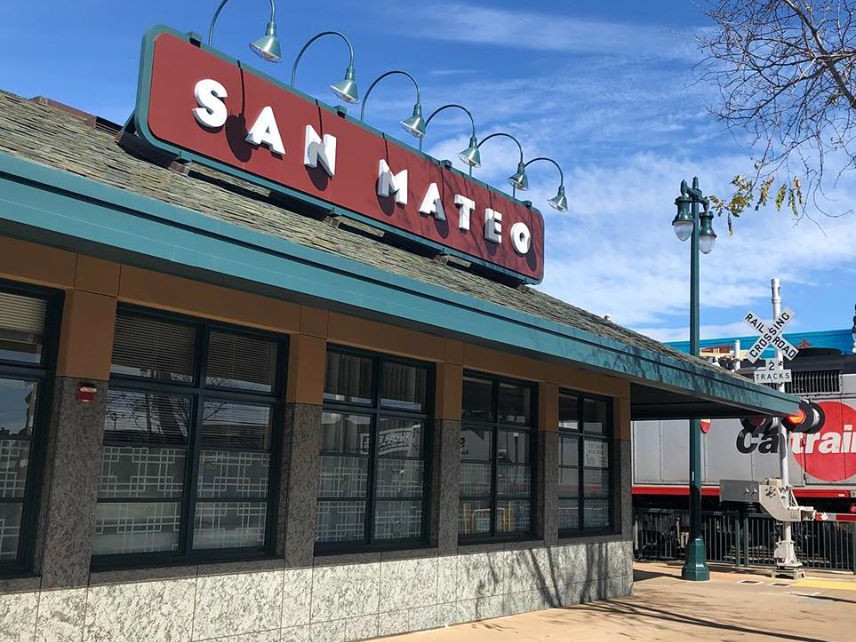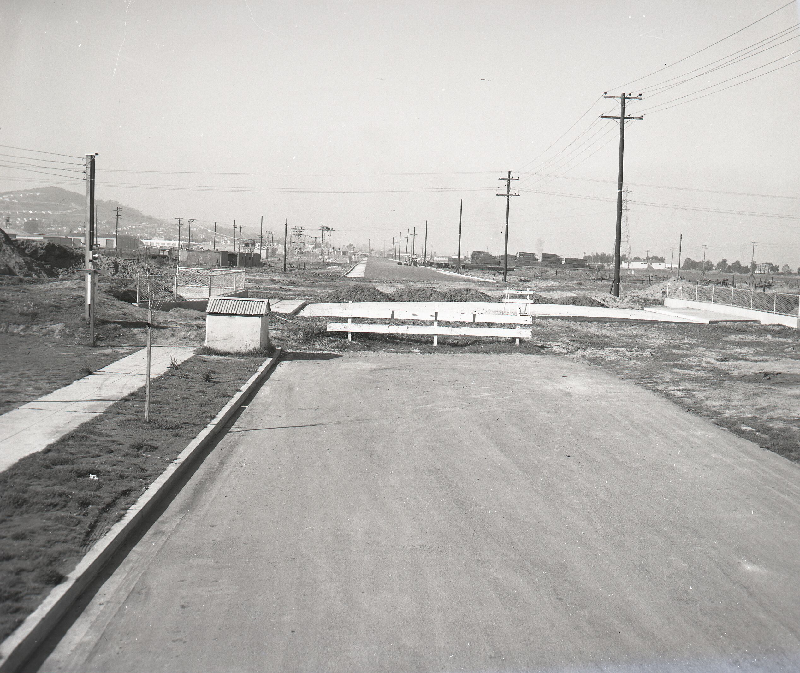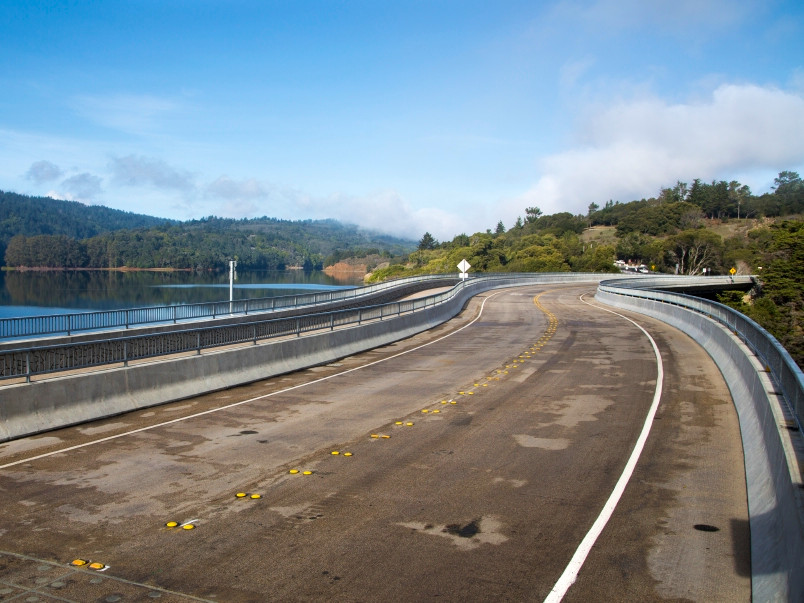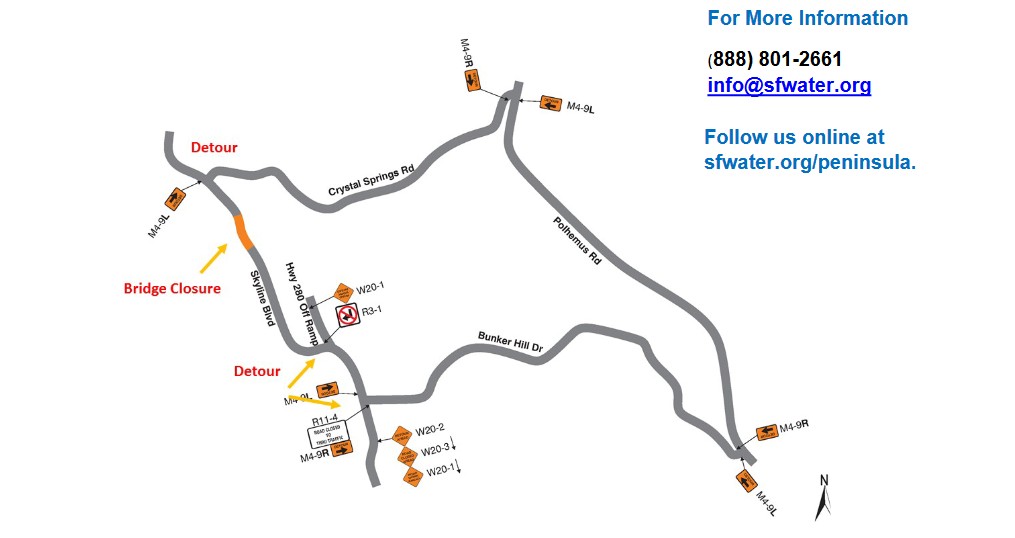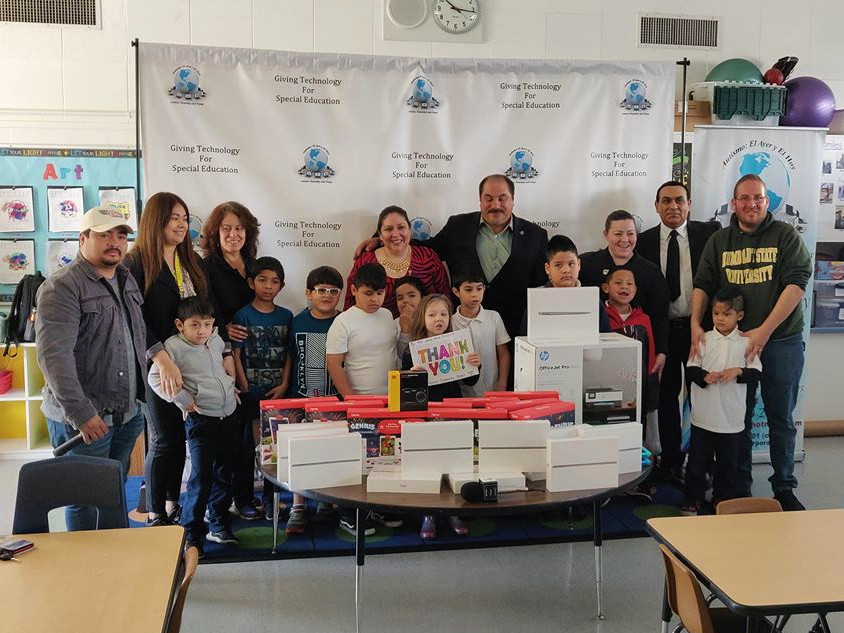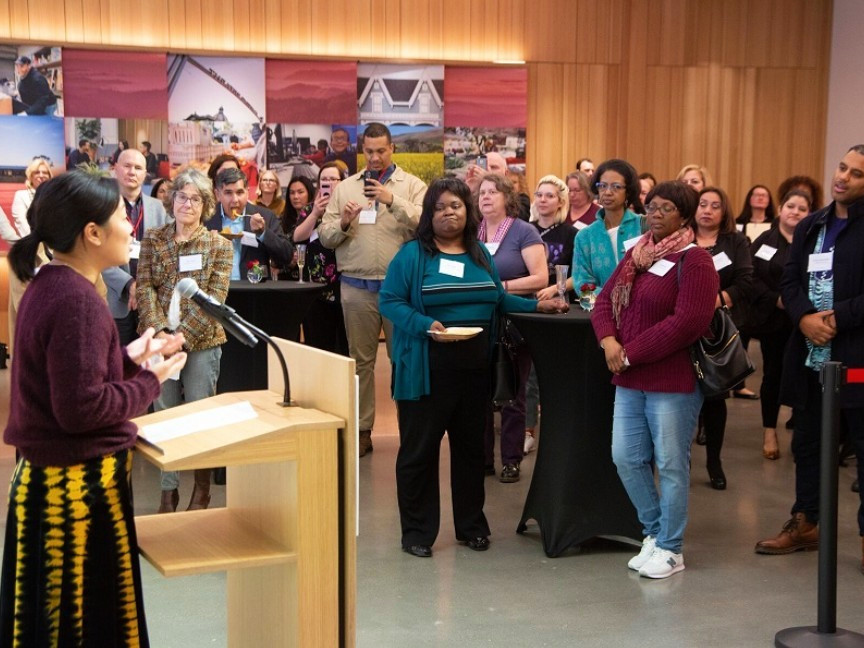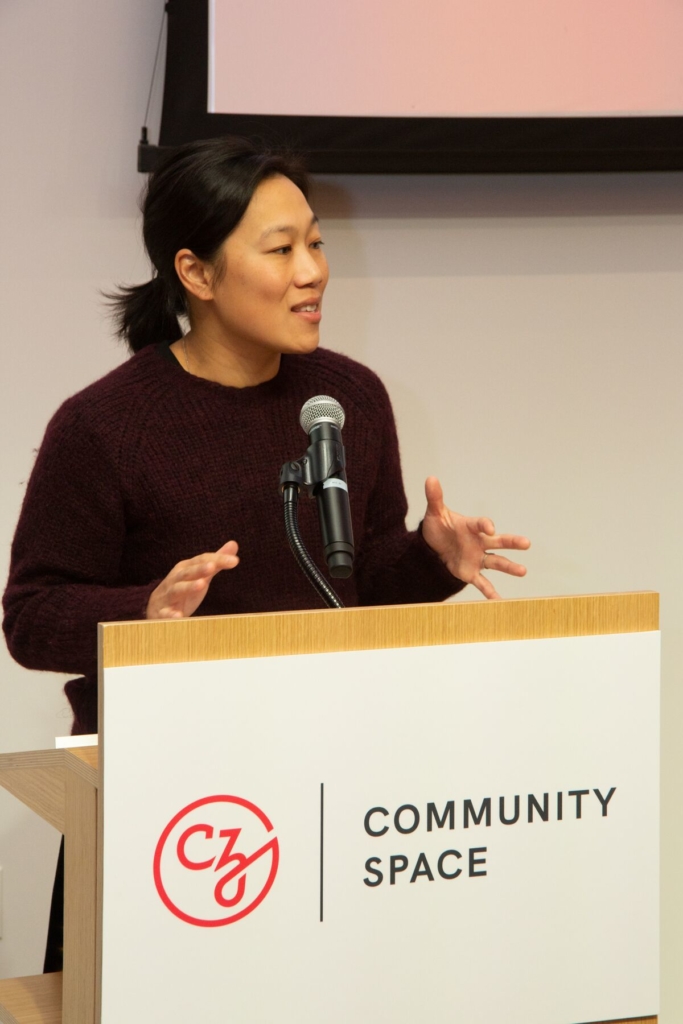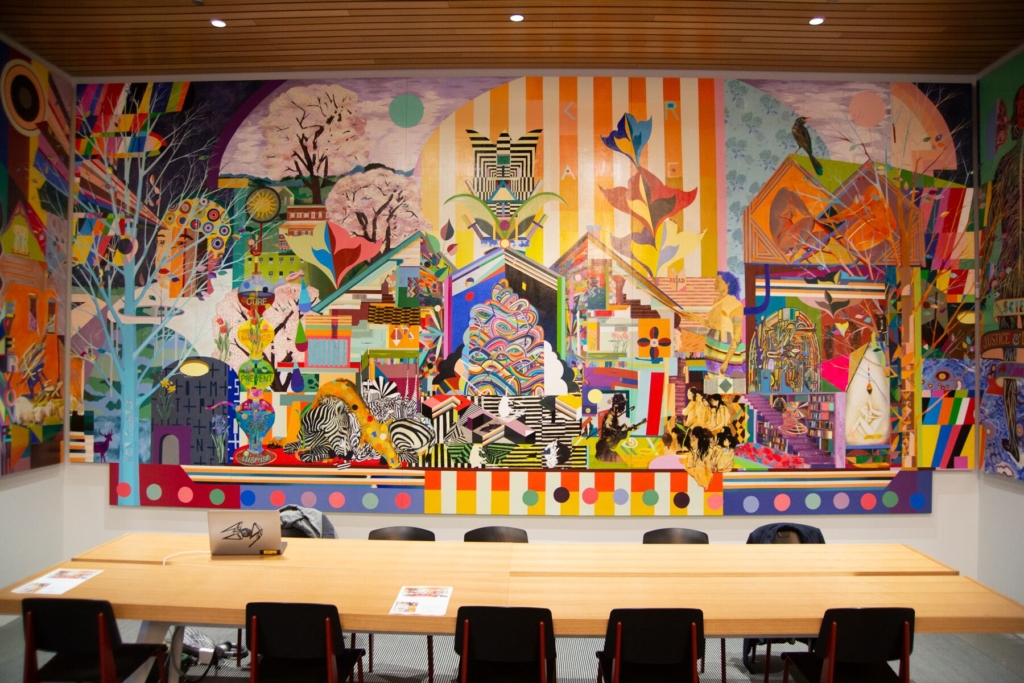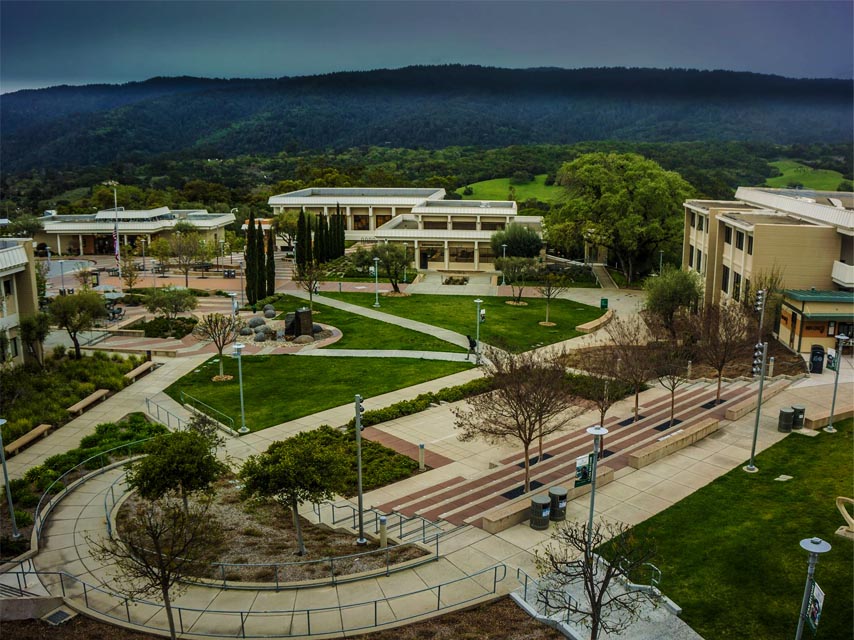Redwood Shores marathoner spans globe to support Lucile Packard Children’s Fund
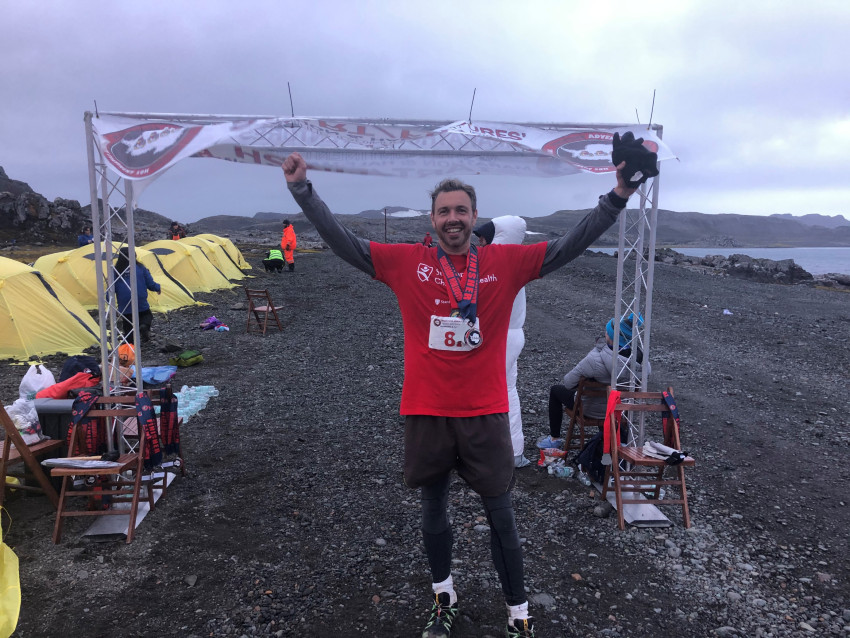
A Redwood Shores man recently completed eight marathons on seven continents plus New Zealand within a nine-day period in order to raise money for the Children’s Fund at Lucile Packard Children’s Hospital Stanford.
On Monday, Feb. 10, 44-year-old Brendan Watkins is scheduled to present a check for more than $6,000 to the Children’s Fund, which supports the hospital’s ability to provide the best possible medical care for children in need.
Watkins, who works as the administrative director of analytics in the Information Systems division at Stanford Children’s Health, launched an online fundraiser for the “Triple 8 Quest” that kicked off Jan. 20 in Auckland, New Zealand and saw him traverse the globe primarily in an East-West direction. He recorded his journey on his blog.
For the first marathon of his whirlwind trip in New Zealand, Watkins’ clocked in a time of about three hours and 44 minutes. Then it was on to Perth, Australia (3 hours, 51 minutes), which he called the “most beautiful course,” followed by another competition in Singapore, which he completed in about four hours, according to his blog.
Next up was North Africa for his fourth marathon, where Watkins—on only two hours of sleep—had the extraordinary experience of running part of his race along the Nile River. He called the Cairo leg of his journey his “best overall experience.”
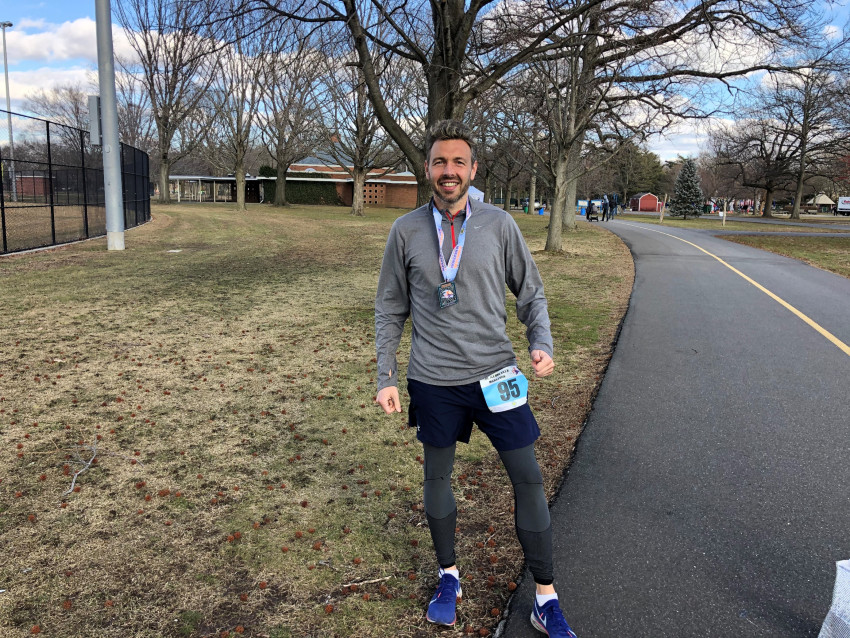
Watkins headed to Europe for his fifth race, landing in Amsterdam, The Netherlands, which he called the “toughest race mentally” due to the cold start and toll from four previous races. Then he flew across the Atlantic to Garden City, New York, where he ran race No. 6. During that marathon, Watkins suffered some swelling in his ankles and had to favor one leg over the other, but he still crossed the finish line in 3 hours, 54 minutes.
Race No. 7 saw Watkins head down to Punta Arenas, Chile, which he finished in 3 hours, 51 minutes, and then it was off to King George Island, Antarctica for the eighth and final marathon of his trip. Although a flight delay resulted in Watkins finishing his great feat in nine days rather than eight, he saved his best race for last.
” Despite this being by far the trickiest with technical, weather and hilly challenges, I had my best performance by far – in any race ever,” Watkins wrote in his blog. “I had paced myself through this journey, and while I had pains with different parts of my body at different times, it was always one at a time and then that particular pain disappeared. So, I pushed myself to the limit on this one and came in with a time of 3:56, and what I think of as my first ever race win.”
Watkins completed a total of 209.6 race miles during his journey and reportedly burned a whopping 26,631 calories.
But raising money for a noble charity was likely his proudest feat.
“As you many know, I am very proud to work for such a great organization as Lucile Packard Children’s Hospital at Stanford, and your donations allow this nonprofit hospital to treat children in the community who need specialized care, regardless of their family’s ability to pay,” Watkins said in his fundraiser.
Top photo of Watkins in Antarctica is provided by Lucile Packard Children’s Hospital at Stanford

